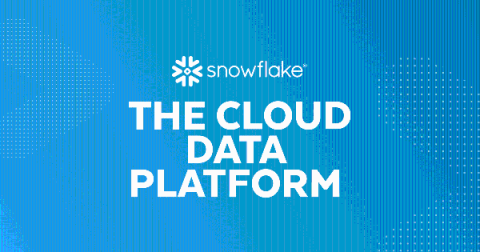Best Mobile Crash Reporting Tools for 2025: Features, Pros, and Cons
In the fast-changing landscape of mobile app development, delivering bug-free apps with a great user experience is essential. But crashes are inevitable, no matter how much developers try to avoid them. There are several mobile crash reporting tools that make the task of identifying, diagnosing and fixing these issues easy as pie.











